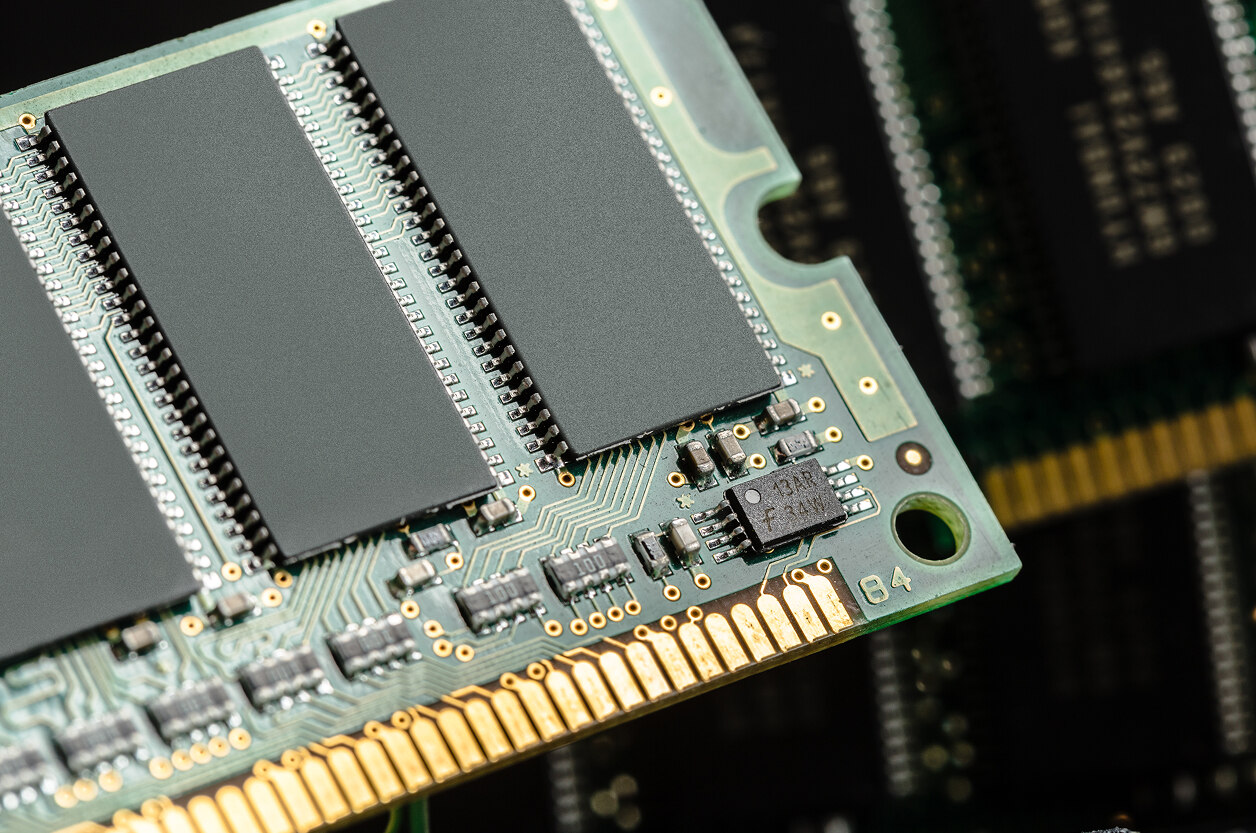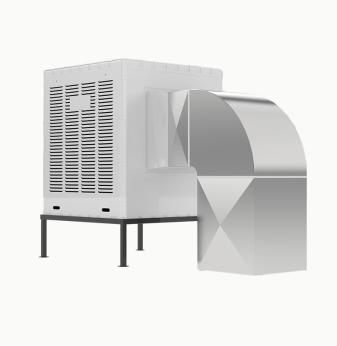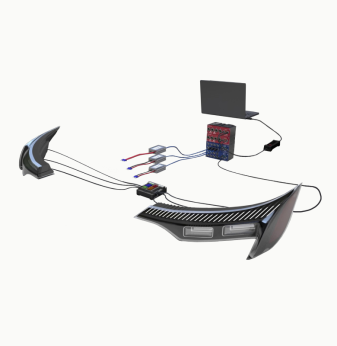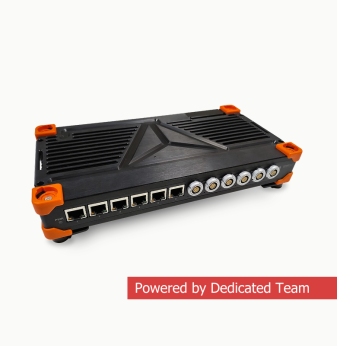DPU vs. GPU for Edge AI Acceleration: Choosing the Right Architecture for Your Embedded System

Introduction: Why Specialized AI Acceleration Matters at the Edge
As edge AI use cases grow — from smart cameras and robotics to automotive and industrial automation — embedded engineers face a fundamental question: how to accelerate AI inference effectively within tight power, latency, and cost budgets?
While GPUs have long been the go-to solution for AI workloads, DPUs (Deep Learning Processing Units) and similar neural processing engines (NPUs, NPUs, Edge TPUs) offer a compelling alternative tailored for deep learning.
This article compares DPUs and GPUs for edge inference, helping you choose the right architecture based on your performance, efficiency, and integration requirements.
What Is a DPU (Deep Learning Processing Unit)?
A DPU is a specialized hardware accelerator optimized for matrix operations and tensor computations found in neural networks. It is:
- Highly parallel but application-specific
- Integrated into SoCs or standalone IP blocks
- Tuned for low-latency, low-power inference
Examples:
- Xilinx AI Engine / DPU (in Versal or Zynq Ultrascale+ MPSoC)
- Hailo-8 AI processor
- Kneron KL520
- Cadence Tensilica Vision Q7 DSP with AI extensions
Long-tail keyword example: "What is a DPU and how is it different from GPU in embedded AI?"
Answer: A DPU is a purpose-built accelerator for deep learning inference, offering higher power efficiency and lower latency for specific AI tasks than general-purpose GPUs. It’s ideal for edge devices with tight constraints.
GPU as an Edge AI Accelerator
GPUs remain common in edge inference due to:
- Mature CUDA ecosystem (NVIDIA Jetson)
- Flexibility for a wide range of models
- Better support for floating-point precision and larger batch sizes
Drawbacks for edge use:
- Higher power consumption (1–15W+)
- General-purpose nature limits efficiency for small models
- Less integration in low-cost embedded SoCs
Popular edge GPUs:
- NVIDIA Jetson Orin Nano/NX/Xavier
- AMD Kria KR260 (GPU + FPGA)

DPU vs. GPU Comparison Table
| Feature | DPU | GPU (Embedded) |
| Power efficiency | Excellent (100–500 mW–3W) | Moderate (5–15W typical) |
| Latency | Sub-ms, highly deterministic | Higher for small batch sizes |
| Precision | INT8/INT4 optimized | FP16/INT8, less efficient |
| Software stack | Often vendor-specific | CUDA, TensorRT, PyTorch, ONNX |
| Flexibility | Purpose-built for AI only | General-purpose compute |
| Cost/performance | Higher efficiency per $ | Higher performance ceiling |
| Footprint (PCB/SoC) | Compact IP cores | Needs DRAM, large BGA modules |
Key Design Trade-Offs
1. Model Complexity
- DPU: Best for quantized CNNs, small-to-medium size models (e.g., MobileNet, YOLOv5n)
- GPU: Better for large models (e.g., ResNet-50, Transformers)
2. Batch Size and Throughput
- DPU: Optimized for low batch size and real-time processing (e.g., video frame-by-frame)
- GPU: Needs batching to fully utilize cores, increasing latency
3. Thermal Budget and Form Factor
- DPU: Enables ultra-compact designs with passive cooling
- GPU: Often needs heat sinks or active cooling, even in embedded form
4. Software Ecosystem
- DPU: May require conversion to vendor-specific formats
- GPU: Strong ecosystem (TensorFlow Lite, ONNX, PyTorch) with existing models
Long-tail keyword example: "Is DPU better than GPU for AI on battery-powered devices?"
Answer: Yes, DPUs are more power-efficient than GPUs and better suited for real-time inference on battery-constrained devices like drones, smart cameras, and handheld instruments.
Deployment Scenarios
| Application | Recommended Accelerator |
| Smart IP cameras | DPU (real-time, low power) |
| Robotics vision | DPU or GPU (depends on model size) |
| In-vehicle edge compute | GPU (Jetson) for complex perception |
| Wearable AI | DPU (ultra-low power) |
| Factory inspection | DPU for latency; GPU for multiple streams |
| Edge NLP or Transformer | GPU with FP16 support |
Interfacing and Integration
- DPUs often live on FPGAs or as hard IP in SoCs
- Need optimized model conversion tools (Vitis AI, TFLite converter)
- GPUs require external DRAM and PCIe interface in some designs
Development Toolchains
For DPU:
- Xilinx Vitis AI (Zynq/Versal)
- Hailo SDK
- Cadence AI Studio
- TensorFlow Lite for Edge TPUs
For GPU:
- NVIDIA TensorRT + CUDA
- JetPack SDK
- PyTorch/TensorFlow GPU builds
Summary: Match Architecture to Application
There is no universal winner between DPUs and GPUs for edge AI. The choice depends on:
- Model type (CNN vs. transformer)
- Power budget (mW vs. W)
- Latency tolerance
- Software integration
- Deployment volume and cost
In general:
- Use DPU for real-time, low-power inference on quantized models
- Use GPU for complex models and development flexibility
Why Promwad?
Promwad supports clients across edge AI architectures — from GPU-based Jetson solutions to DPU-powered FPGAs and custom ASICs. We help with:
- AI hardware architecture selection
- DPU/GPU integration and toolchain setup
- Embedded Linux and RTOS driver development
- Model optimization and quantization
- AI performance and thermal tuning
Contact us to choose the right edge AI acceleration path for your product.
Our Case Studies












